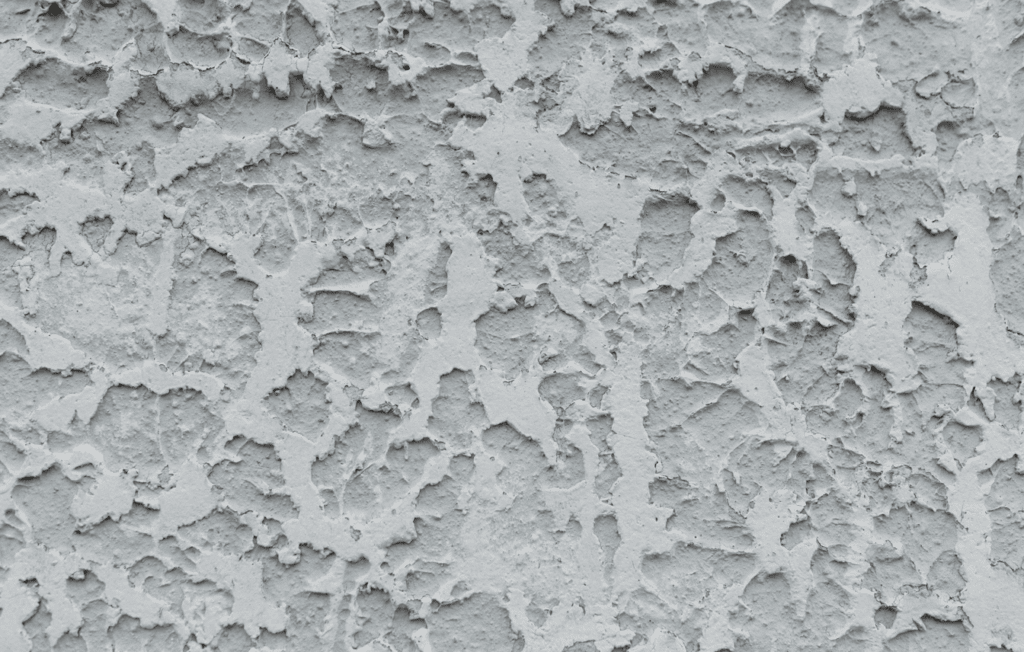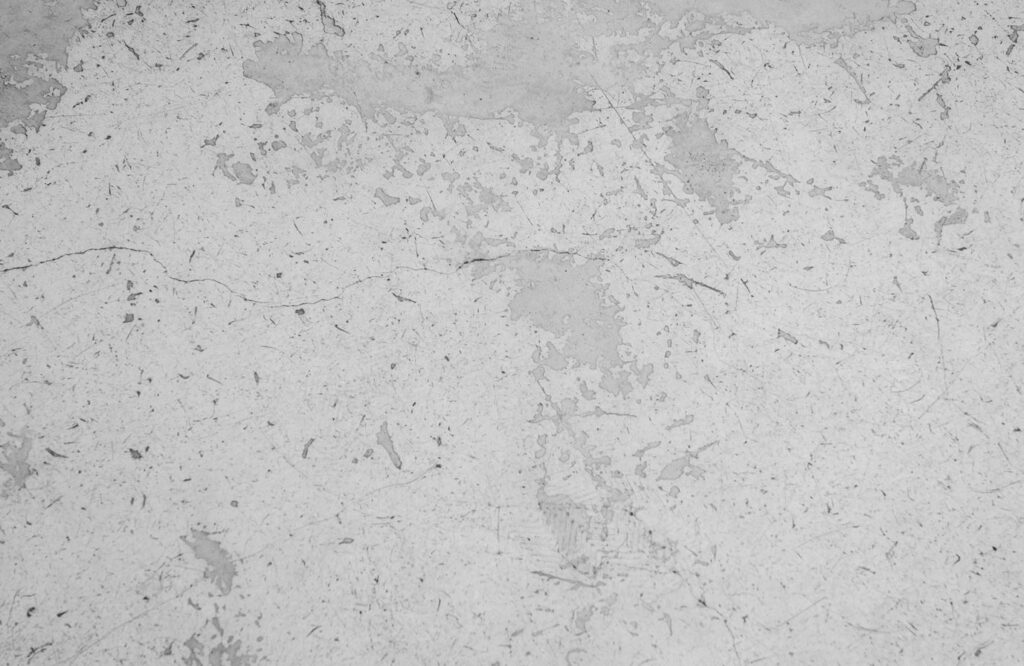Commercial plastering is a vital part of the construction process. While it provides a smooth, durable finish, it often presents challenges.
These problems range from issues with adhesion to cracks, moisture damage, and more.
Addressing these problems efficiently ensures a plastered surface’s long-term integrity and aesthetic appeal.
Let’s get straight to the point.
Commercial plastering often needs better adhesion, cracking, uneven finishes, moisture damage, and texture mismatches.
These problems stem from improper surface preparation, moisture exposure, or incorrect application techniques.
Solutions include using bonding agents, levelling surfaces, managing humidity, and hiring skilled plasterers.
Moisture-resistant plaster, proper ventilation, and routine maintenance can help prevent issues like mould and efflorescence.
Addressing these challenges early ensures durable, smooth finishes for walls and ceilings in commercial buildings.
Common Problems In Commercial Plastering
1. Lack Of Adhesion
One of the most common issues in commercial plastering is poor adhesion.
This problem typically arises when surfaces are not properly prepared, allowing dust, oil, or old paint to interfere with the plaster’s ability to bond.
Poor bonding can cause the plaster to peel or split, resulting in a weak, unsightly finish.
Preventing Adhesion Problems:
- Ensure the surface is clean, dry, and free of debris.
- Use a quality bonding agent to enhance adhesion.
- Prime the surface before plaster application.
2. Shrinkage And Cracking
Plaster cracks are another widespread problem caused by various factors, such as building settlement, changes in temperature, or improper plaster mix.
Shrinkage often occurs when the plaster dries unevenly or too quickly, leading to unsightly cracks that can worsen.
How to Fix Cracking:
- Follow the manufacturer’s guidelines when mixing plaster to avoid inconsistencies.
- Maintain a consistent drying environment by managing ventilation and humidity.
- Fill cracks with appropriate filler and sand them smooth before reapplying plaster.
3. Uneven Finish
An uneven finish can severely impact the appearance of plastered surfaces. This issue often results from inadequate trowelling techniques or when the substrate is not level.
Uneven thickness in the plaster layer can lead to a rough or bumpy surface.
Steps to Avoid Uneven Surfaces:
- Properly level the substrate before applying plaster.
- Use levelling compounds or shims to even out the surface.
- Ensure even pressure during trowelling to achieve a uniform finish.
4. Moisture And Mould Problems
Moisture is a significant concern in commercial plastering, particularly in areas with high humidity or exposure to water.
When plaster absorbs moisture, it can become soft and brittle and prone to mould growth.
This not only compromises the plaster’s durability but also poses health risks.
Managing Moisture Issues:
- Address moisture problems before plastering by fixing leaks or installing vapour barriers.
- Use moisture-resistant plaster in areas prone to humidity, such as bathrooms or kitchens.
- Improve ventilation to reduce moisture build-up.
5. Efflorescence
Efflorescence is a condition where a white, powdery substance appears on the surface of plaster. It occurs when water-soluble salts within the plaster or substrate are brought to the surface by moisture.
Dealing with Efflorescence:
- Seal cracks and prevent water from entering the walls.
- Clean affected areas with a mildly acidic solution or efflorescence remover.
- Repaint and seal the surface to prevent further occurrences.
6. Flaking And Peeling
Flaking and peeling occur when the plaster does not properly adhere between coats or when layers begin to separate from the substrate. This can be due to moisture penetration, poor surface preparation, or incorrect application methods.
If ignored, peeling can lead to structural issues.
Solutions for Flaking and Peeling:
- Remove any loose or flaking plaster.
- Use a bonding agent between layers to ensure proper adhesion.
- Apply a consistent plaster thickness for a more durable finish.
7. Popping And Blowholes
Popping, or blowholes, happens when particles within the plaster expand as it dries, creating small, conical holes in the surface.
These defects often arise from impurities in the plaster mix or poor application techniques.
How to Prevent Popping:
- Use a clean, high-quality plaster mix to avoid impurities.
- Apply the plaster smoothly and ensure consistent thickness to minimise voids.
- Repair any visible blowholes by filling them and sanding the area.
8. Poor Workmanship
In some cases, the quality of the plastering itself is the primary issue. This could manifest as uneven surfaces, visible joints, or poor adhesion due to incorrect plastering techniques.
Improving Plastering Quality:
- Hire skilled plasterers with experience in commercial projects.
- Ensure the use of correct materials and application methods.
- Conduct thorough inspections to identify and fix problems early on.
9. Texture Matching In Repairs
Matching textures when repairing or adding to existing plaster can be challenging, especially in older buildings. Poor texture matching can create a noticeable contrast between new and old plaster, disrupting a room’s visual flow.
Achieving Consistent Texture:
- Study the texture of the existing plaster carefully before starting repairs.
- Use the same type of plaster material to match the original.
- Apply the new plaster in a way that blends seamlessly with the old surface.
10. Lack Of Skilled Labour
The commercial plastering industry is experiencing a shortage of skilled workers. Without enough qualified workers, plastering jobs can suffer in quality and timeliness.
This can lead to delays, increased costs, and unsatisfactory results.
Addressing Labour Shortages:
- Invest in training and apprenticeship programs to build a skilled workforce.
- Collaborate with trade schools and vocational programs to attract new talent.
- Consider adopting modern technologies and tools to increase efficiency.
11. Delamination
Delamination occurs when layers of plaster separate from the substrate due to inadequate bonding. This can result from surface incompatibility, poor material mixing, or insufficient preparation.
Fixing Delamination:
- Remove any loose plaster from the affected area.
- Apply appropriate primers or bonding agents before reapplying plaster.
- Ensure the surface is clean, dry, and compatible with the plaster material.
12. Discolouration
Plaster discolouration is often caused by water damage, mould, or natural aging. These unsightly stains can ruin a space’s aesthetic appeal, but professional plasterers can address the underlying cause and restore the surface.
Handling Discolouration:
- Identify and address any moisture sources before repainting.
- Antimicrobial treatments should be used on affected areas to prevent mould growth.
- Reapply plaster or paint to restore the wall’s appearance.
13. Soft Patches And Pliable Plaster
Plaster can become soft or pliable when exposed to excessive moisture or when the finish coat is too thin. This weakens the plaster and makes it susceptible to damage.
Steps to Strengthen Soft Plaster:
- Remove the damaged plaster carefully using a putty knife or scraper.
- Sand the surface to remove any loose particles.
- Apply a fresh plaster or joint compound coat and allow it to dry completely.
- Sand and smooth the repaired area before finishing with paint or a protective coating.
Conclusion
Commercial plastering is crucial to construction. It provides durable, visually appealing surfaces for walls, ceilings, and floors.
However, the process can present various challenges, including poor adhesion, cracking, moisture damage, and texture matching.
Addressing these issues early and using appropriate materials and techniques is essential for maintaining the integrity and appearance of plastered surfaces.
To ensure the success of a commercial plastering project, it is important to:
- Properly prepare the surface before plastering.
- Use high-quality materials and bonding agents.
- Follow the correct application techniques.
- Address moisture and ventilation issues.
- Hire skilled labour to ensure a professional finish.
Commercial plastering can achieve long-lasting, high-quality results that enhance a building’s overall look and durability by focusing on these key areas.
FAQS About Plasterer
What Is The Best Way To Repair Cracks In Plaster Walls?
Repairing cracks involves widening the crack, removing any loose material, applying a suitable filler or patching compound, and then finishing with primer and paint to match the surrounding surface.
Why Does Plaster Develop A Powdery Surface Over Time?
Plaster can develop a powdery surface, known as chalking, due to weathering, UV exposure, or using low-quality plaster materials. It is crucial to use high-quality plaster and protect surfaces from harsh environmental conditions.
How Do I Prevent Mould And Mildew Growth On Plaster Surfaces?
Mould and mildew thrive in damp environments, so preventing moisture buildup through proper ventilation, addressing leaks promptly, and using mould-resistant plaster materials can help prevent their growth.
What Causes Plaster To Sag Or Slump During Application?
Plaster sagging or slumping can occur when the mixture is too wet, the substrate is too smooth, or the plaster is applied in excessively thick layers. Correct plaster consistency and proper application techniques can prevent this issue.
How Do I Deal With Uneven Plaster Texture After Application?
Inconsistent application techniques or improper plaster mixing can cause uneven plaster texture. Sanding the surface lightly and applying additional coats evenly can help achieve a smooth and uniform finish.



